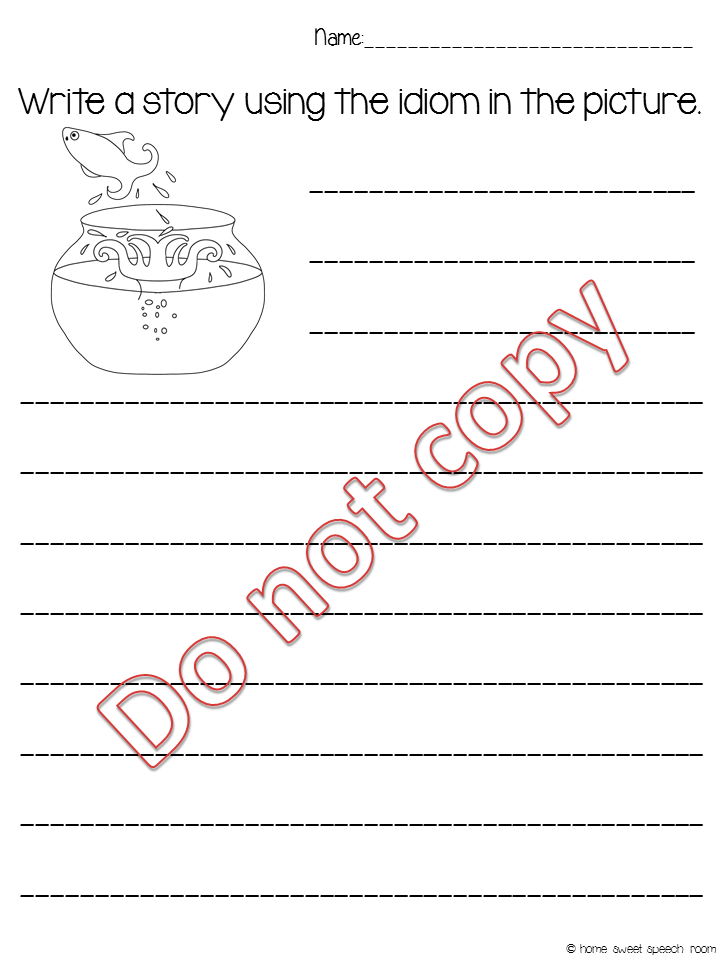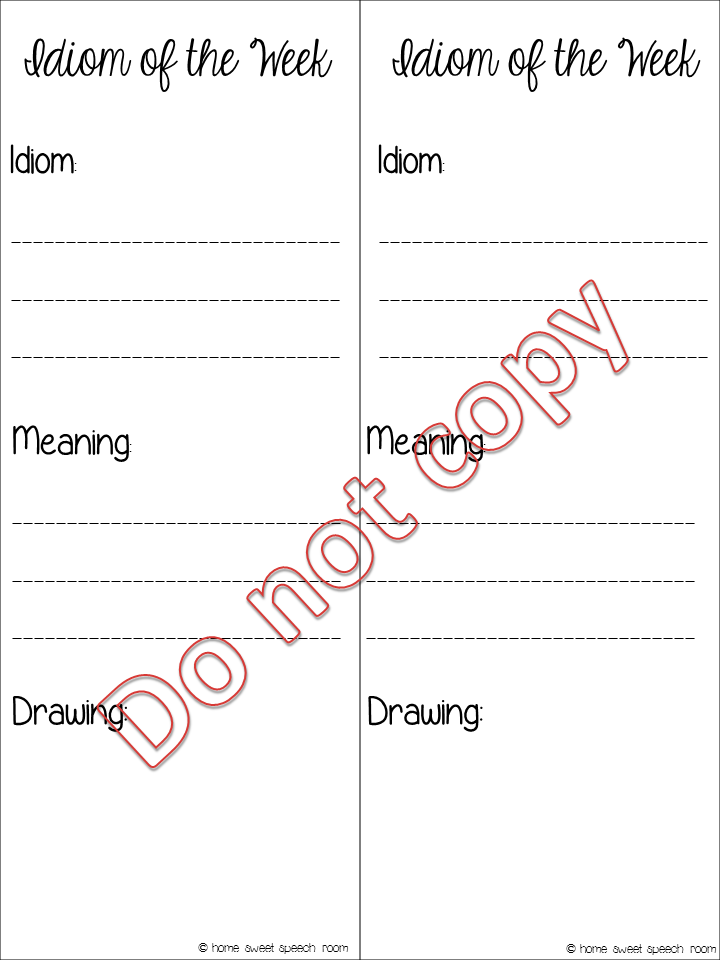Here's a description straight from her blog:
This updated and expanded 17 page guide, which now includes reading and writing sections, was created to assist speech language pathologists in the decision making process of how to select assessment instruments and prioritize assessment for school age children. The goal is to eliminate administration of unnecessary or irrelevant tests and focus on the administration of instruments directly targeting the areas of difficulty that the child presents with.First, there is a handout for the caregivers and the classroom teacher to fill out. This allows for their input to be heard and may highlight some deficit areas that aren't necessarily seen during the evaluation. This checklist is extremely comprehensive and covers the areas of receptive language, memory/attention/sequencing, expressive language, vocabulary, narratives/storytelling, speech, voice, prosody, resonance, phonological awareness, reading, writing, problem solving, pragmatic language skills, social emotional development, and executive functioning.
The next section is a list of suggested tests for school-aged children. These are broken down by area--articulation, fluency, general language, narrative assessments, vocabulary/ semantic flexibility, auditory processing and phonological awareness, problem solving/ social language development/ executive function, and reading/writing/spelling.
She then includes a list of suggestions for testing based on the deficit areas and age of the child. For example, if the child is elementary age and has auditory processing and phonological awareness deficits, she recommends the CELF and the CTOPP.
The last section is a supplemental section for caregivers and teachers to help collect data. These forms are recommended if the checklist comes back with many deficit areas/ areas of difficulty. The teacher can indicate one of the four ratings for each item: always, often, sometimes, or rarely. The items to be rated coordinate with the areas listed above (on the checklist).
From the results of these measures, the SLP will assess the most severely impaired areas according to the checklist and data form.
Why It's Effective:
So you may be thinking, I already have a system or I was taught to do X Y and Z, so why this? Well let me tell you this will speed up the whole assessment process. Sometimes, we don't get enough information from case history. This isn't intentional necessarily, but I have learned that they can always be more complete! This checklist will allow the SLP to obtain more specific information and therefore ask more specific questions later on if needed.
As a new clinician, I have sometimes struggled with giving a full comprehensive test like the CELF and still not knowing what the child is having difficulty with. I could spend hours analyzing a test, error by error, to determine exactly what the child is struggling with. For example, on the CELF, I could break down the sentences to determine which types of words they have the most difficulty with. But is that practical? No way! By selecting more specific tests, with the help of this checklist, the child's strengths and difficulty areas may become obvious faster. You save time yourself and the child can be seen faster.
Why I love it:
-This is a super helpful guide for new SLPs like me. It is also extremely helpful for seasoned SLPs and allows the assessment process to be extremely efficient and prioritize which assessments are needed.
-The instructions are straight-forward.
-It is an effective way to select assessments.
-It allows for fairly extensive input by the caregivers and teachers.
-It may lead to a faster diagnostic decision.
-The checklist can also help guide intervention.
What do you think? Would this help you? If so, you can find it on her online store here. It is currently listed at $10.99.
Note: Due to issues with copyright and photocopying materials, there cannot be more pictures posted. Sorry for the inconvenience. I tried my best to describe the pages for you.
Note: Due to issues with copyright and photocopying materials, there cannot be more pictures posted. Sorry for the inconvenience. I tried my best to describe the pages for you.











































